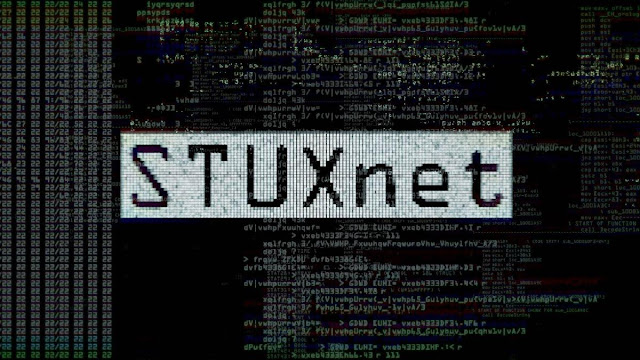Stuxnet: A Digital Wake-Up Call
By Cody AndrusStuxnet, believed to be unleashed by the U.S., was a computer worm discovered in 2010 that changed how people saw cyber warfare. It wasn’t just about stealing information anymore. Stuxnet showed that code could damage physical things. Specifically, it targeted Iran's nuclear program, messing with centrifuges that enrich uranium. This worm was complex, using multiple zero-day exploits, meaning it took advantage of software flaws unknown to the public. It spread through USB drives and network connections, showing how easily digital weapons could travel.
This attack signaled a shift. Nations began to realize that cyber attacks could have real-world consequences. Power grids, water systems, and even transportation could be targets. The world had entered a new era of conflict. Cyber warfare became a serious threat.
Several nations are considered major players in cyber warfare capabilities. The U.S. has significant resources and expertise. Their cyber command works to defend and attack in the digital realm. Russia is also known for its sophisticated cyber operations. They’ve been accused of interfering in elections and attacking critical infrastructure. China is another key player, focusing on espionage and intellectual property theft. They have invested heavily in their cyber capabilities.
Beyond these nations, other countries like North Korea and Israel have also shown they can conduct significant cyber operations. North Korea, for example, has been linked to several high-profile cyber attacks aimed at stealing money. Israel, often cited as a likely co-creator of Stuxnet, demonstrates advanced technical prowess in the cyber arena.
The implications of Stuxnet are vast. It demonstrated that cyber weapons can be just as, if not more, damaging than traditional weapons. This has led to increased investment in cyber security and defense around the world. Nations are developing strategies to protect their critical infrastructure and respond to cyber attacks. The threat is always evolving. New malware and attack methods are constantly being developed. This makes it difficult to stay ahead.
The digital battleground is now a key part of international relations. Nations are working to establish norms and rules for cyber warfare. There are efforts to prevent cyber attacks on critical infrastructure and to hold nations accountable for their actions. The challenge is that the internet is borderless. This makes it hard to trace and stop cyber attacks. The world must adapt to this new reality.
"Stuxnet Worm Targeted Iranian Nuclear Plants.” Reuters, 2010. “Cyber Warfare: A New Domain of Conflict.” The Wall Street Journal, 2018. “U.S. Cyber Command: Defending the Nation in Cyberspace.” AP News, 2023. “Russia's Cyber Capabilities: An Assessment.” The New York Times, 2021. “The Global Cyber Threat Landscape.” Journal of Strategic Security, 2019. “Digital Weapons and International Security.” International Affairs Review, 2020.



